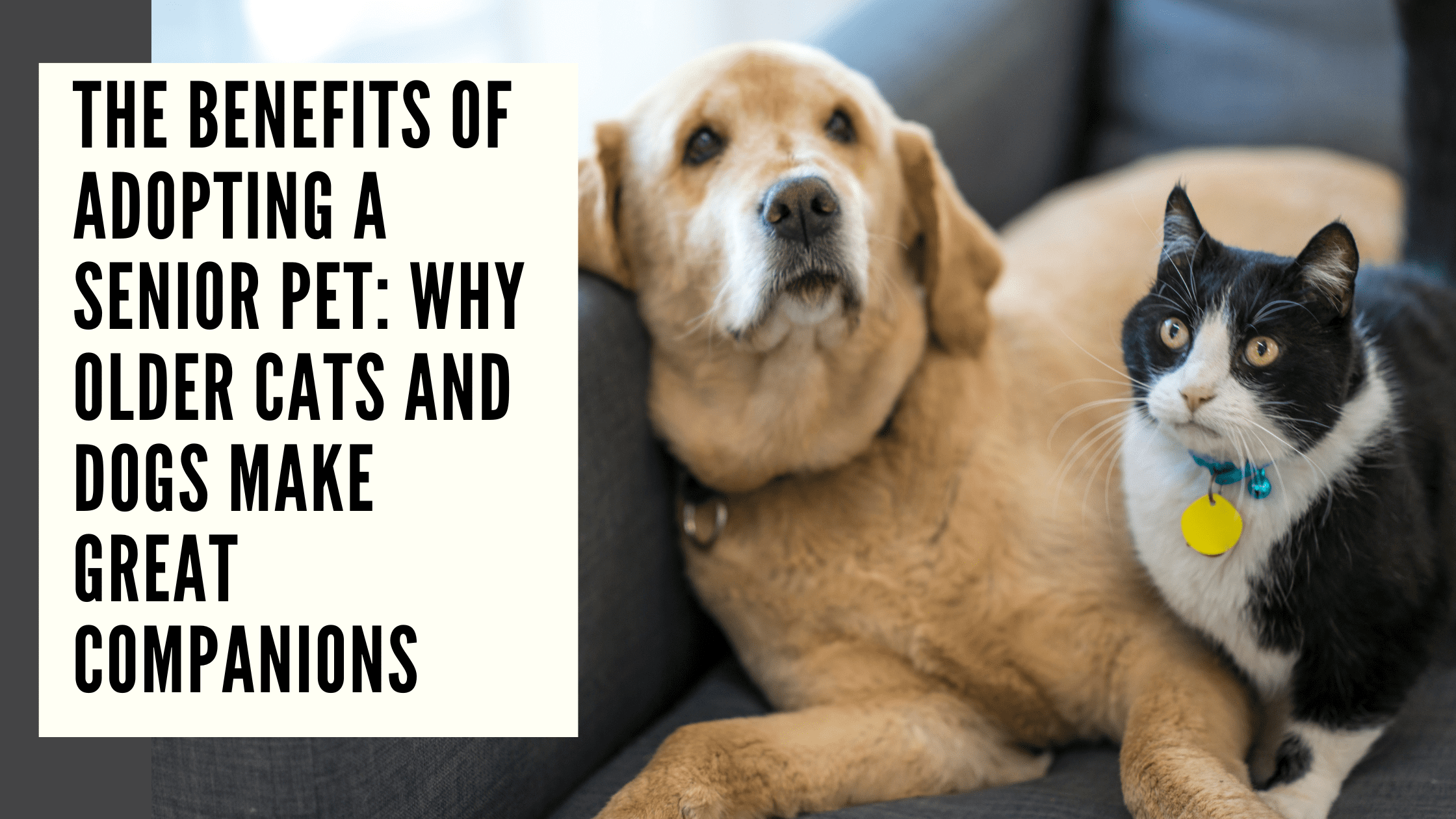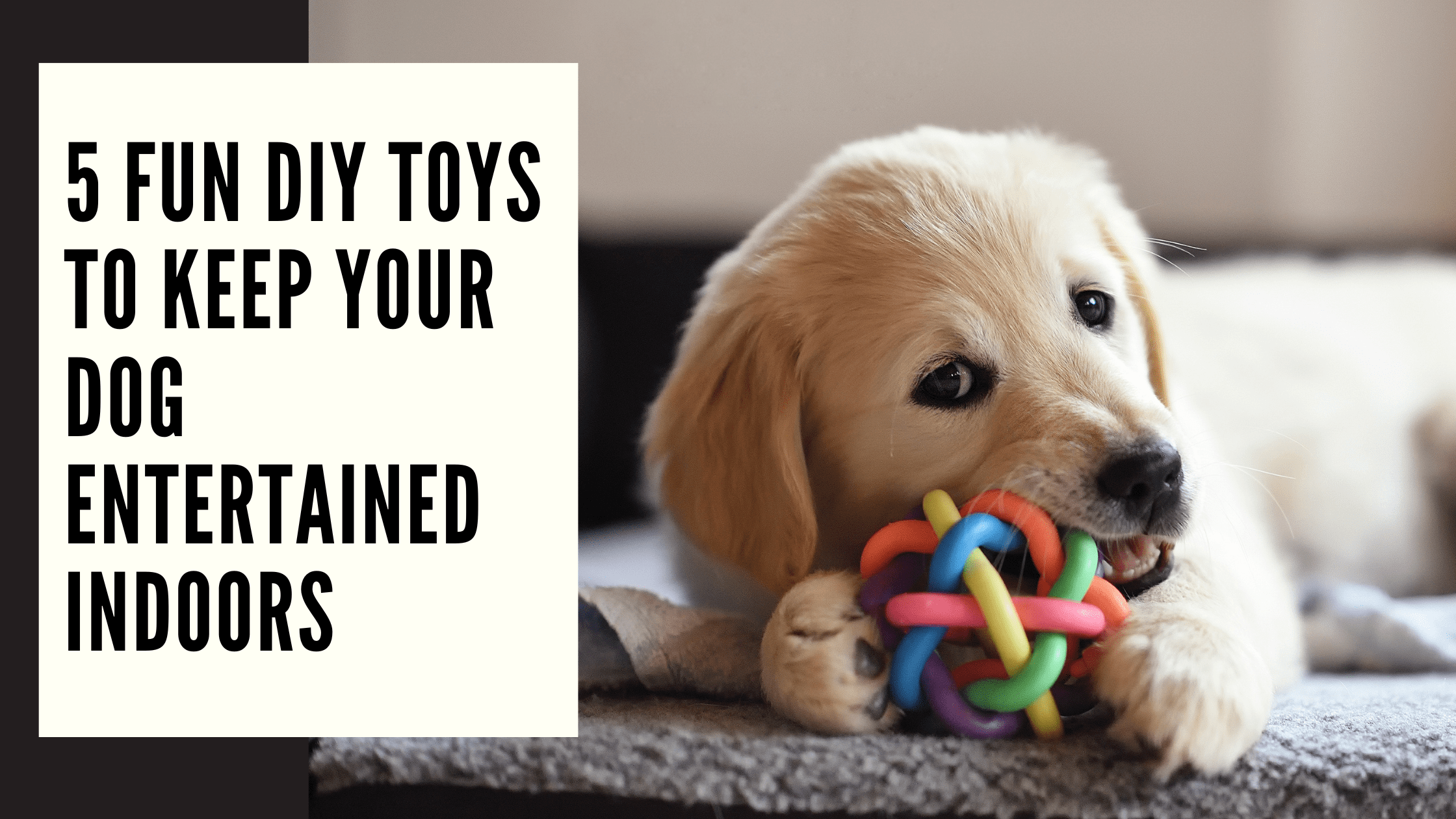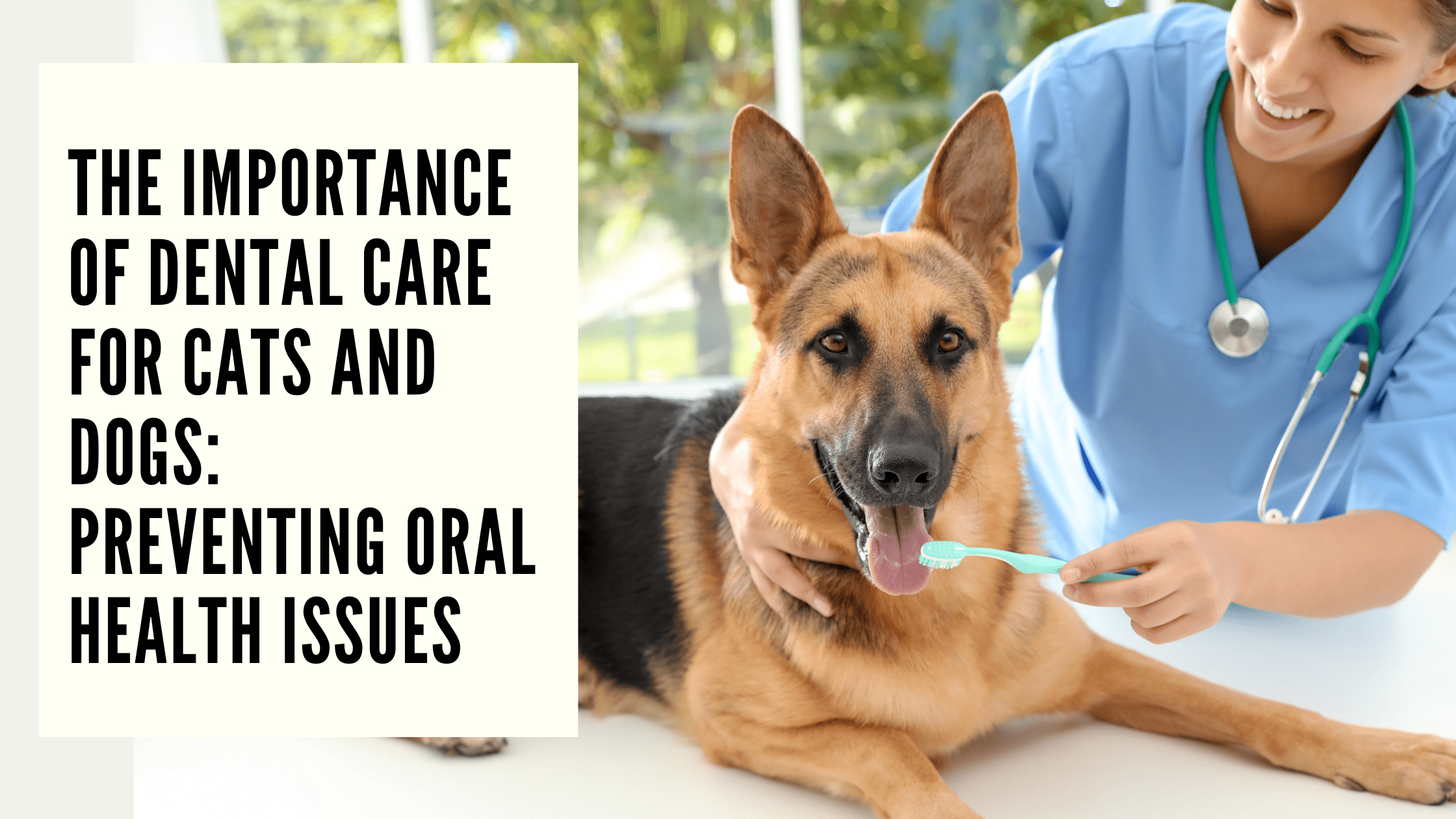Unleashed Adventures: Exploring the World Through a Dog’s Eyes
Have you ever looked at your dog and wondered what the world looks like through their eyes? Dogs, with their keen senses and boundless curiosity, offer us a unique perspective on the world around us. From the rustling of leaves in the forest to the salty breeze at the beach, every experience is an adventure waiting to be explored. In this detailed and informative blog, we’ll delve into the world of Unleashed Adventures, where humans and their canine companions embark on journeys that ignite the senses and deepen the bond between them.
Introduction to Unleashed Adventures
Unleashed Adventures encompass a wide range of activities that humans can enjoy with their dogs, from leisurely walks in the park to exhilarating hikes through rugged terrain. These adventures offer not only physical exercise but also mental stimulation and emotional fulfillment for both pet and owner. By experiencing the world through a dog’s eyes, we gain a deeper appreciation for the beauty and wonder that surrounds us.
Benefits of Exploring with Your Dog
The benefits of exploring with your dog extend far beyond physical exercise. Research has shown that spending time outdoors with your canine companion can reduce stress, lower blood pressure, and boost overall well-being. Additionally, exploring new environments together strengthens the bond between human and dog, fostering trust, communication, and mutual understanding.
Preparing for the Adventure
Before setting out on any adventure with your dog, it’s essential to make sure you’re both prepared for the journey ahead. This includes ensuring your dog is up-to-date on vaccinations, packing essential supplies such as food, water, and a first aid kit, and researching dog-friendly destinations and accommodations.
Choosing the Right Destination
When selecting a destination for your adventure, consider factors such as the terrain, climate, and level of pet-friendliness. Look for locations that offer a variety of activities for both you and your dog, such as hiking trails, beaches, and parks. Additionally, research accommodations that welcome pets and provide amenities such as pet beds and food bowls.
Exploring Nature Trails
Hiking with your dog is an excellent way to immerse yourself in nature and enjoy some quality time together. Before hitting the trail, be sure to pack plenty of water for both you and your dog, as well as snacks and a collapsible bowl for hydration. Keep your dog on a leash at all times and be mindful of any wildlife or hazards along the way.
Beach Adventures
For dogs who love to swim and play in the sand, a day at the beach is pure paradise. Before heading to the shore, check to make sure dogs are allowed on the beach and familiarize yourself with any rules or regulations. Bring along plenty of water and shade to keep your dog cool and hydrated, and be sure to clean up after them to help preserve the beauty of the beach for future visitors.
Urban Exploration
Even in the heart of the city, there are plenty of opportunities for adventure with your dog. Take a leisurely stroll through a dog-friendly neighborhood, visit a local park or dog park, or stop by a pet-friendly cafe for a snack or drink. Be sure to keep your dog on a leash and be respectful of other pedestrians and their pets.
Camping with Canines
Camping with your dog is a fantastic way to escape the hustle and bustle of everyday life and reconnect with nature. When choosing a campsite, look for one that allows dogs and offers amenities such as designated pet areas, waste disposal stations, and trails for hiking. Be sure to bring along all the essentials for your dog, including food, water, bedding, and toys, and always keep them on a leash or within a fenced-in area to prevent them from wandering off.
Capturing Memories
One of the best parts of embarking on adventures with your dog is creating lasting memories together. Be sure to bring along a camera or smartphone to capture all the special moments, from scenic views to playful antics. Consider creating a scrapbook or photo album to commemorate your adventures and share them with friends and family.
Health and Safety Considerations
While adventuring with your dog can be incredibly rewarding, it’s essential to prioritize their health and safety at all times. Be sure to keep an eye on their energy levels and hydration levels, especially on hot or humid days. Watch out for signs of distress or discomfort, such as excessive panting or lethargy, and be prepared to take breaks as needed. Additionally, be aware of any potential hazards in your environment, such as steep cliffs, rocky terrain, or poisonous plants, and take steps to avoid them.
Respecting Nature and Others
As responsible pet owners, it’s crucial to be mindful of our impact on the environment and other visitors while adventuring with our dogs. Always follow Leave No Trace principles, including packing out all waste and staying on designated trails. Keep your dog under control at all times, whether they’re on a leash or trained to respond to verbal commands, and be respectful of other hikers, wildlife, and their habitats.
Embracing Spontaneity
While planning is essential when embarking on any adventure, don’t be afraid to embrace spontaneity and go with the flow. Some of the best memories are made when we least expect them, so be open to new experiences and opportunities that arise along the way. Whether it’s taking an impromptu detour down a scenic side trail or stopping to chat with fellow adventurers, allow yourself and your dog to embrace the joy of exploration and discovery.
Returning Home
As your adventure comes to an end and you return home, take time to reflect on the experiences you’ve shared and the memories you’ve created together. Transition back into your daily routine with patience and grace, and cherish the moments you’ve shared with your furry companion. And remember, the world is full of new adventures waiting to be discovered – so start planning your next trip today!
Conclusion
Embarking on adventures with your dog is not just about exploring new places – it’s about forging unforgettable memories and strengthening the bond between human and canine. By experiencing the world through your dog’s eyes, you’ll gain a deeper appreciation for the beauty and wonder that surrounds us and create lasting memories that you’ll cherish for years to come. So grab your leash, pack your bags, and get ready for the adventure of a lifetime!
You May Also Like : 5 DIY Toys for Dogs
FAQs
1. How do I prepare my dog for long journeys?
Before embarking on a long journey, ensure your dog is up-to-date on vaccinations and has a comfortable travel crate or harness. Pack plenty of food, water, and familiar toys to keep them comfortable during the journey.
2. Are there any restrictions on where I can take my dog?
While many places welcome dogs, some may have restrictions or require pets to be kept on a leash. Be sure to research local regulations and guidelines before planning your trip.
3. What if my dog gets injured during an adventure?
If your dog sustains an injury while adventuring, it’s essential to assess the situation and seek veterinary care if necessary. Be prepared with a first aid kit and know basic pet first aid techniques.
4. How can I find dog-friendly accommodations?
Many hotels, campgrounds, and rental properties are pet-friendly, but it’s always best to check in advance. Look for accommodations that explicitly welcome pets and offer amenities such as pet beds and food bowls.
5. Is it safe to let my dog off-leash during hikes?
Off-leash hiking can be enjoyable for both dogs and owners, but it’s essential to ensure your dog is well-trained and responsive to commands. Be mindful of local leash laws and potential hazards such as wildlife or steep terrain.









